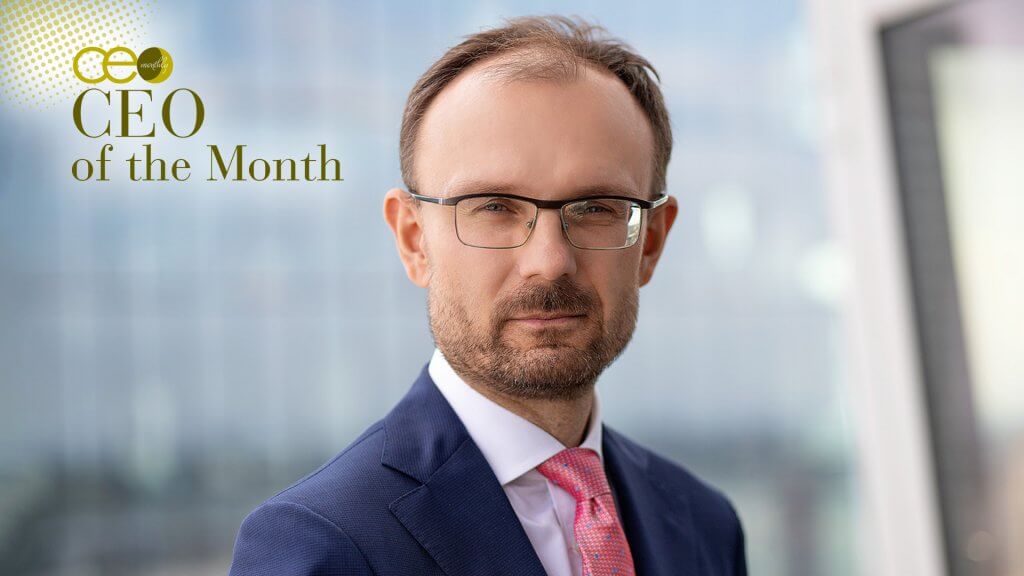Transforming Work Culture: The Power of Letting Go in Business Leadership
By Jeff Dewing, CEO of Cloudfm
As a business leader, you may have experienced the constant struggle to balance responsibilities, inundated with an overflowing inbox and back-to-back meetings. However, the number of emails in your inbox is not a measure of your self-importance but rather a reflection and symptom of your ineffectiveness. The truth is, without time to focus on meaningful work, the growth of your business and the ability to make sound decisions are hindered.
This realisation led to a fundamental shift in perspective in my own business. I discovered that the key to unleashing true potential lies in relinquishing control and cultivating a culture of freedom, clarity and trust. By doing so, CEOs can pave the way for their teams to become giants, achieving remarkable success in the process.
If you want to grow, let go
Five years ago, like many CEOs, I faced a constant barrage of around 300 emails per day, a significant portion of which were carbon copies (CCs). These CCs were often used by individuals to involve me in conversations to ensure that I was aware of what was happening, likely to cover their backs or shift responsibility if anything went wrong. Along with managing this overwhelming email load, I also had to attend numerous meetings. This constant barrage left me with no time to actually focus on meaningful work.
I attempted a temporary solution by instructing the team to only email me for urgent matters, which provided some relief for a brief period. However, this band-aid fix lacked the necessary groundwork for sustained success. It became evident that the entire business culture needed a fundamental shift. It took years for it to really work – and to get to the stage it’s at now, where I get three emails a day.
It wasn’t the responsibility that employees were shying away from, but the consequences of getting it wrong. The absence of a culture that encouraged them to solve problems without me left them unable to reach peak performance. I learnt that I had to let go of my own ego and trust in others to explore their passions and unique strengths within their roles.
The fundamentals of autonomy, mastery, and purpose
I had to get back to basics on what drives a positive employee experience. I learnt that humans desire autonomy (the right to have a say in their own destiny); mastery (the opportunity to get better at new skills), and purpose (the chance to work on something truly transformational to make the world a better place).
When these conditions are met, not only will you have a much more engaged team that wouldn’t dream of quitting – never mind quiet quitting – but you’ll also get the best out of the enthusiastic and creative people that you hired in the first place. And your business will reap the benefits.
Take Google’s famous ‘20% rule’, where employees are encouraged to spend what amounts to one full day per week working on side projects – that is, working on the areas of their business that truly interest them. This policy has led directly to the creation of truly game-changing products like Gmail, AdSense and Google News.
Cultivating a culture of freedom, clarity, and trust
In the wake of the ‘great resignation,’ a transformative shift has taken hold within the business world. It has become increasingly evident that personal fulfilment plays a pivotal role in retaining top talent. While remote work and enticing perks have their place, many organisations overlook a critical aspect – fostering a culture that enables employees to pursue their passions and interests within their job roles.
A key part of empowering employees is through learning and development but equally, I have found a freedom-clarity matrix to be an effective tool. This matrix illustrates the relationship between employee autonomy and their understanding of business objectives.
When employees have high freedom and high clarity, meaning they are clear on business objectives, it cultivates high engagement and productivity. Granting high freedom without providing clarity can lead to chaos, while low freedom with high clarity may result in robotic behaviour under micromanagement. The most detrimental scenario occurs when both freedom and clarity are low, leading to apathy and “quiet quitters.”
Establishing a culture of high freedom and high clarity requires supporting managers in transitioning from task assigners to coaches. Managers focus on day-to-day operations and performance, while coaches focus on helping team members to unlock their talents by fostering skills and perspectives. Coaching relationships are built on collaboration, trust, and rapport, rather than hierarchical structures seen in managerial contexts. Providing opportunities for continuous learning and skill-building demonstrates a commitment to employees’ professional growth and reinforces the organisation’s value of their contributions. This approach keeps employees motivated and engaged, as they can envision a clear path for advancement and personal development within the company.
Cultural transformation is a journey that demands time, experimentation, and a willingness to learn from mistakes. By wholeheartedly embracing autonomy, mastery, and purpose as guiding principles, CEOs can empower their teams to take ownership, drive innovation, and achieve outstanding success. Creating a thriving work culture that values freedom, clarity, and trust will not only retain top talent but also foster a workforce that is deeply motivated and dedicated to the organisation’s prosperity. I encourage CEOs to understand that success is building a business that can improve the world without you.







